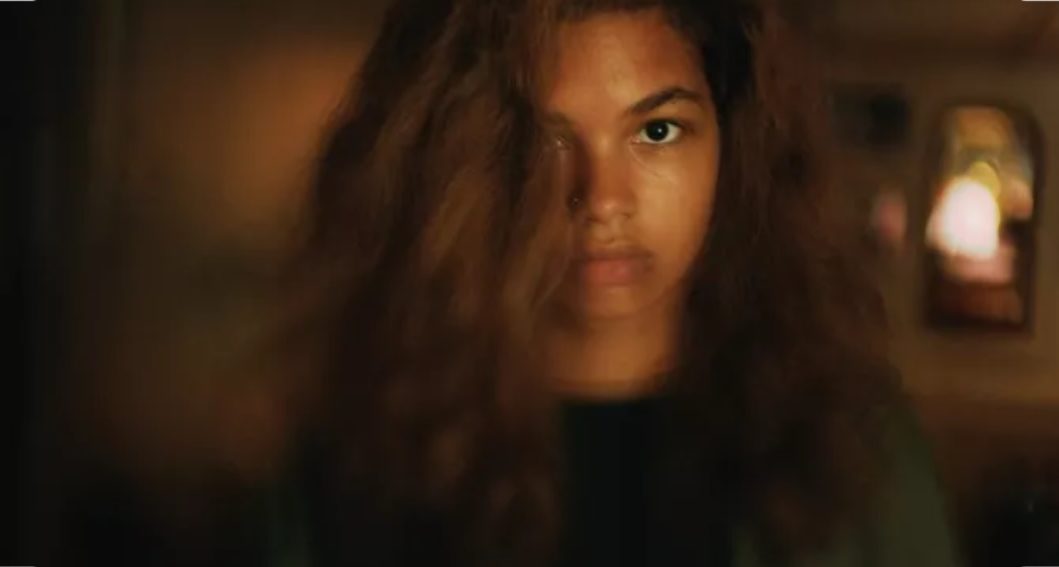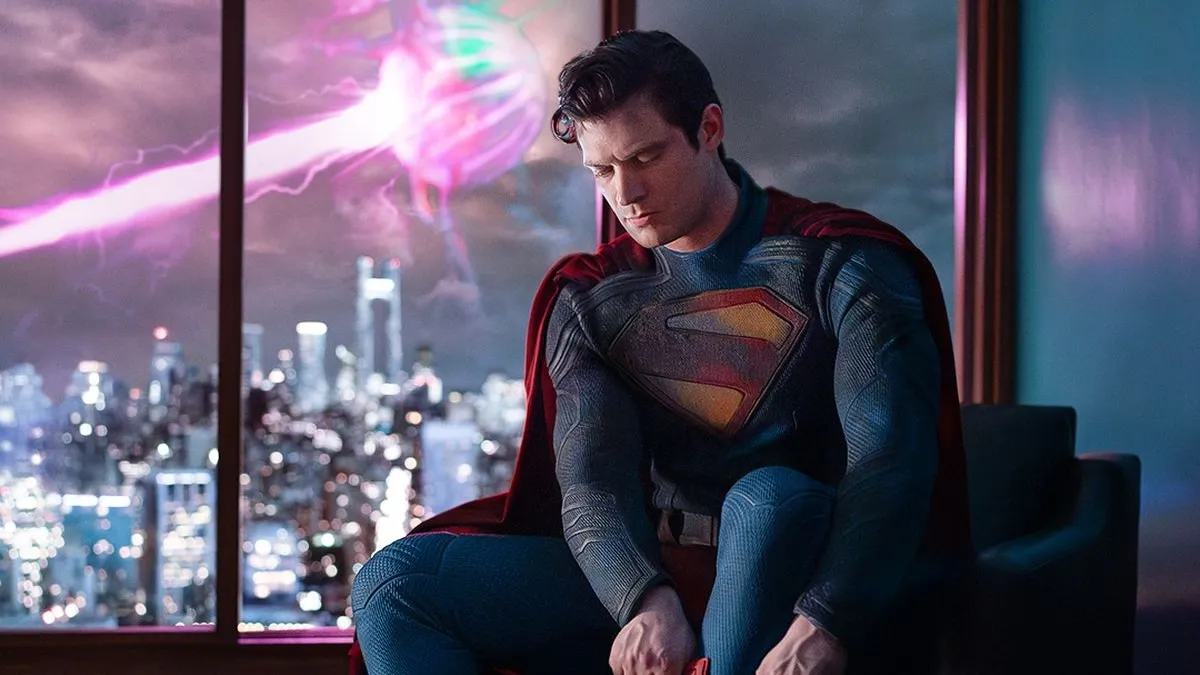This year’s Sundance Film Festival was its most female-driven yet, with all four of its directing prizes going to women and, to quote Buzzfeed, “countless panels about sexism and unconscious bias and pay parity.” Yet, despite all that, this year’s festival is being called “quiet” within the industry. As in, there’s nothing really exciting coming out of the festival. It’s difficult not to see those two things as related.
Buzzfeed’s Alison Willmore attended Sundance this year and brings back some staggering facts about what went down. First, there’s the good stuff: the fact that 37% of the films being screened there were directed by women (which still isn’t parity, obviously, but it’s still huge), the fact that a film like Jennifer Fox’s The Tale (starring Laura Dern) exists and is an unflinching look at what statutory rape looks like, and the way that women as adults often re-frame their own experiences to protect themselves.
And now for the bad stuff. It all comes down to money and sales. Film festivals exist so that films can find distribution. Distribution is how films get into theaters (or onto VOD, or any other platform) so that audiences can see it. Films that don’t get picked up for distribution die. So, while several of these female-driven films are finding distribution, it’s more likely than not that they’re finding distribution thanks to cable networks and streaming services, not the film industry.
Female filmmakers are doing incredible work, but it seems as though the film industry is still wedded to the idea that films made by women are automatically “unimportant,” or “frivolous.” Worse still, that the movie-going audience “can’t relate” to them, which is preposterous, considering that a majority of the movie-going audience is female. Willmore writes:
“[M]oney, until the festival approached its end, wasn’t doing much flowing toward films helmed by women directors. […] This may have been a female-driven Sundance, but the narrative that started a few days in and built to an apparently firm verdict by the end was that this year’s festival was a disappointment, a down cycle, devoid of any obvious breakouts. It’s hard not to see these two things as related, especially with unnamed but apparently powerful distributors tellingly grumbling to Variety, “Who are these movies for?”
“Women are making movies, and some of this year’s were genuinely great — but in order to get those movies seen, they have to contend with a gauntlet of distributors who make the calls on what’s relatable and viable, and who, in doing so, dictate the kinds of stories that end up in theaters, and who gets to tell them. Everyone is eager to say that they support women, that they’re listening to women, that it’s more urgent than ever to give work and equal pay to women in addition to assuring their safety. But when it comes to taking chances on women-directed work and seeing it as commercially viable, Sundance 2018 mostly felt like a long lesson in just how far we still have to go.”
What’s interesting here is that television seems to be increasingly female-friendly, and greater strides are being made there toward gender parity than there are being made in film, an increasing indicator that TV is more relevant than the film industry. Not film, mind you, but the film industry, and there’s a difference.
As a medium, film is as relevant as it ever was, and women are doing extraordinary work in it. It’s just too bad that their own industry doesn’t give them the respect, or the paydays, they deserve. Thankfully, the TV industry is picking up the slack and doing better business because of it (without having to rely on exorbitantly-priced tentpoles).
Was just counting the number of women directors in the narrative competition @sxsw and realized that the men are in the minority. I am not sure I have ever seen that before. Guess I better get my ass to that festival. #seeHERnow
— Melissa Silverstein (@melsil) January 31, 2018
It seems that film festivals all over are doing their best to appear female-friendly, but until distributors and studios start prioritizing the hiring of women and the purchasing of their product, or until the demographics of these distributors and studios (which are majority white and male) change, it’s all just lip-service.
In the meantime, we can always turn to television. The Tale bypassed theaters entirely and will be premiering on HBO. Streaming services like Netflix and Amazon will continue to snag the films that the film industry is too myopic to snag, the way Netflix did with Mudbound, which only got a theatrical release after-the-fact and is now up for Oscar consideration in several categories.
Television will continue to move toward increasing relevance by embracing inclusion as its mission, while the film industry, sadly, lags behind.
(image: Sundance Institute)
Want more stories like this? Become a subscriber and support the site!
—The Mary Sue has a strict comment policy that forbids, but is not limited to, personal insults toward anyone, hate speech, and trolling.—








Published: Jan 31, 2018 05:07 pm